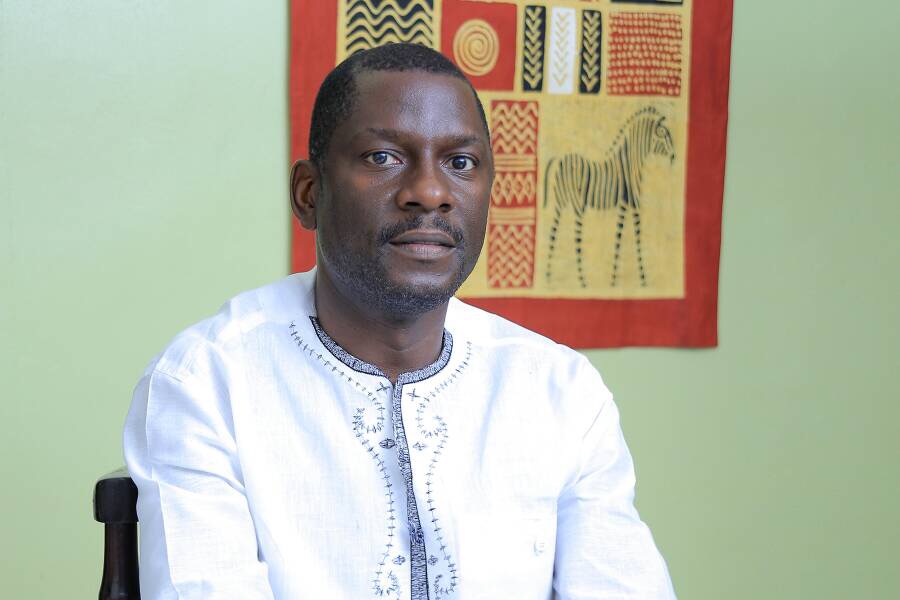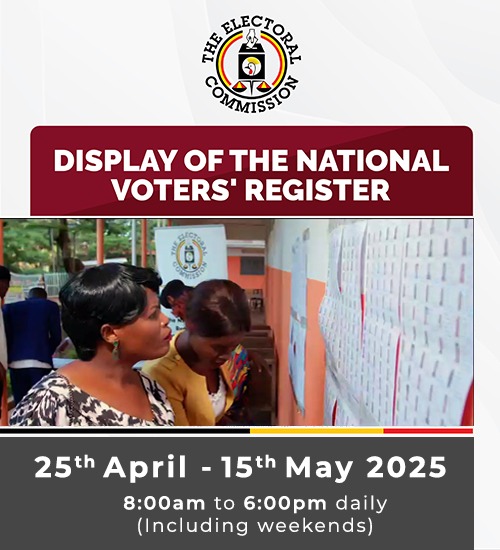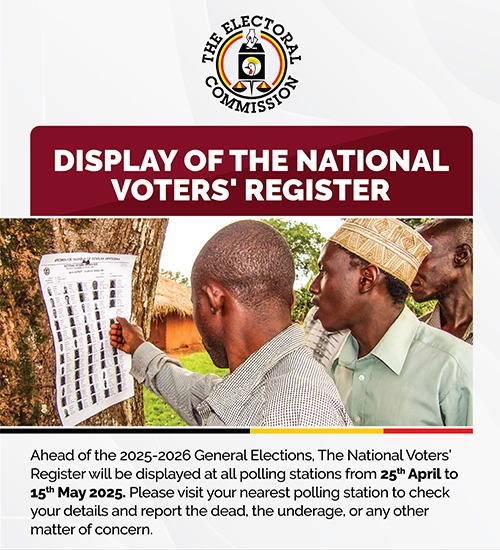Kampala, Uganda- Researchers at nine Universities in Uganda, Mozambique, Côte d’Ivoire, UK, Canada, and the USA, have concluded a connection between Intimate Partner Violence (IPV) and HIV.
The study titled “Characteristics of male perpetrators of intimate partner violence and implications for women’s HIV status: A pooled analysis of cohabiting couples from 27 countries in Africa (2000-2020),” was published early this month in the prestigious PLOS Global Public Health Journal.
According to the most recent Ugandan DHS, 56 percent of women and 55 percent of men ages 15–49 have experienced violence at least once since age 15. Furthermore, 56 percent of ever-married women have experienced physical and/or sexual violence from their current spouse or partner.
The researchers are Salome Kuchukhidze, Dimitra Panagiotoglou, Marie-Claude Boily, Souleymane Diabate, ´Jeffrey W. Imai-Eaton, Heidi Sto¨ckl, Francisco Mbofana, Rhoda K. Wanyenze and Mathieu Maheu-Giroux.

They are affiliated with various institutions including McGill University in Canada, Imperial College London in the United Kingdom, Université Laval in Canada, CHU de Québec-Université Laval in Canada, Université Alassane Ouattara in Côte d’Ivoire, Harvard T.H. Chan School of Public Health in the United States, LMU Munich in Germany, and Makerere University in Uganda.

The researchers emphasize the importance of recognizing the interconnectedness of IPV and HIV risk in addressing the broader health challenges faced by women, especially adolescent girls and young women in many African countries.
To solve the crisis, the researchers stress that ending violence against women is a global public health priority due to the severe physical and mental health consequences of IPV.

To support their observations, they have referenced studies that underscore how IPV contributes to HIV risk, particularly in Sub-Saharan Africa.
In Sub-Saharan Africa, they argue, both the HIV burden and IPV rates are high, with one in three women experiencing IPV in their lifetime.
How the Study was conducted
In the comprehensive study spanning 27 African countries from 2000 to 2020, researchers examined nationally representative surveys that collected data on intimate partner violence (IPV) and HIV testing among cohabiting, married, or partnered individuals aged 15 and older.

These surveys utilized a household-based sampling approach and included questionnaires and biomarker collection.
The study further focused on participants who reported being married or cohabiting at the time of the survey, with female partners who completed the IPV survey.
IPV data was collected from either one randomly selected woman per household or all women in a fraction of households, allowing for the identification of unique partnered couples.
The Findings
One striking finding revealed that men who perpetrated IPV were significantly more likely to be living with HIV, with their HIV prevalence being 9% higher compared to non-perpetrators.
Even more concerning was the discovery that adolescent girls and young women (AGYW) whose male partners both committed IPV and were HIV positive faced a staggering 30% higher risk of living with HIV.

This risk was notably higher compared to AGYW whose partners were HIV-positive but did not engage in IPV, highlighting the compounding effect of both factors.
The study explored various factors contributing to this alarming connection. It was suggested that IPV perpetrators might be less likely to receive HIV care, increasing the risk of transmission to their female partners.
Additionally, IPV’s adverse effects on women’s mental health could influence their sexual behaviors and choices.

Gender dynamics within relationships played a significant role, as women with decision-making power in their households were less likely to experience IPV, although those who earned more than their male partners faced a higher risk, possibly due to challenges to traditional gender norms.
Alcohol also emerged as a correlational factor in IPV perpetration, limiting women’s ability to control their sexual encounters, particularly among adolescents and young adults, thus increasing their risk of HIV acquisition.

Other factors included male partners’ behaviors like concurrent sexual partnerships, transactional sex, and inconsistent condom use, which heightened both their HIV risk and, consequently, women’s risk, and were more prevalent among IPV perpetrators due to traditional ideals of masculinity.
Implications for Uganda
The implications of these findings are profound for public health interventions in countries such as Uganda
The researchers stress the importance of recognizing the interconnectedness of IPV and HIV risk, particularly for women, especially AGYW, in African countries.

They advocate for comprehensive strategies that target both IPV and HIV prevention, highlighting the urgent need for such approaches.
Further, they emphasize that ending violence against women is a global public health priority due to the severe physical and mental health consequences of IPV.
The researchers for instance quote studies have indicated that IPV contributes to HIV risk, especially in Sub-Saharan Africa, which faces both a high HIV burden and significant IPV rates, affecting one in three women in their lifetime.
Key Takeaways
A key takeaway from this study is that addressing IPV as a public health issue is crucial for reducing HIV risk among women, particularly AGYW, not only in sub-Saharan Africa but also beyond.
“This requires considering the roles of both male and female partners, understanding the complex interplay of social norms, and promoting gender equality to create safer and healthier communities,” they write.

The study underscores the need for multi-dimensional approaches to tackle these complex public health issues by addressing the root causes of IPV and HIV transmission.
Ultimately, such efforts can contribute to a safer and healthier future for women across the African continent, aligning with the 2021 United Nations General Assembly’s commitment to reducing gender-based violence for women and girls by 2025.
Funding
The collaborative study received funding from the Canadian Institutes of Health Research, MM-G’s research program supported by a Canada Research Chair (Tier 2) in Population Health Modeling, the Fonds de recherche du Québec—Santé, the Medical Research Council Centre for Global Infectious Disease Analysis, the UK MRC and the UK Foreign, Commonwealth & Development Office under the MRC/FCDO Concordat agreement and the EU.
For more on this story, visit: DOI:10.1371/journal.pgph.0002146
About The Author
Arinaitwe Rugyendo
Rugyendo is the Founder and Editor-in-Chief of ResearchFinds News. He’s an accomplished journalist with a rich background in the media industry in Uganda. With over two decades of experience, Rugyendo has held various roles including cab reporter, Bureau Chief, Managing Editor, and Digital Media Editor at renowned publications such as Daily Monitor and Red Pepper. Throughout his career, he has demonstrated a commitment to delivering high-quality journalism and staying at the forefront of media trends. In addition to his journalistic pursuits, Rugyendo is currently pursuing a Ph.D. in Journalism and Communication at Makerere University. He has been recognized for his outstanding leadership and commitment to social change as a Desmond Tutu Fellow and Crans Montana New Leader. Rugyendo also serves as the Chairman of Young Engineers Uganda and Uganda Premier League, showcasing his dedication to promoting excellence and growth in various fields. With a passion for driving innovation and pushing boundaries in media, Rugyendo continues to make significant contributions to the industry. His vast experience, academic pursuits, and leadership roles make him a respected figure in the Ugandan media landscape.
















